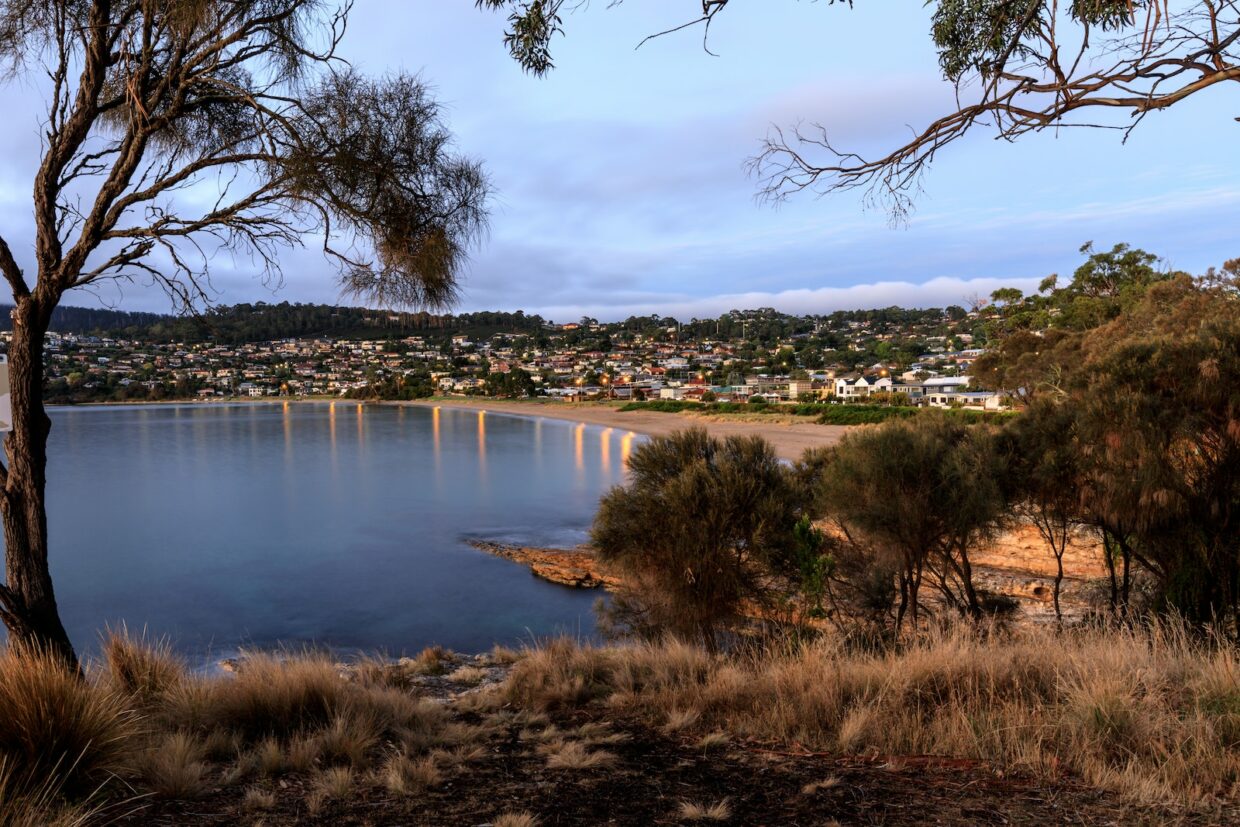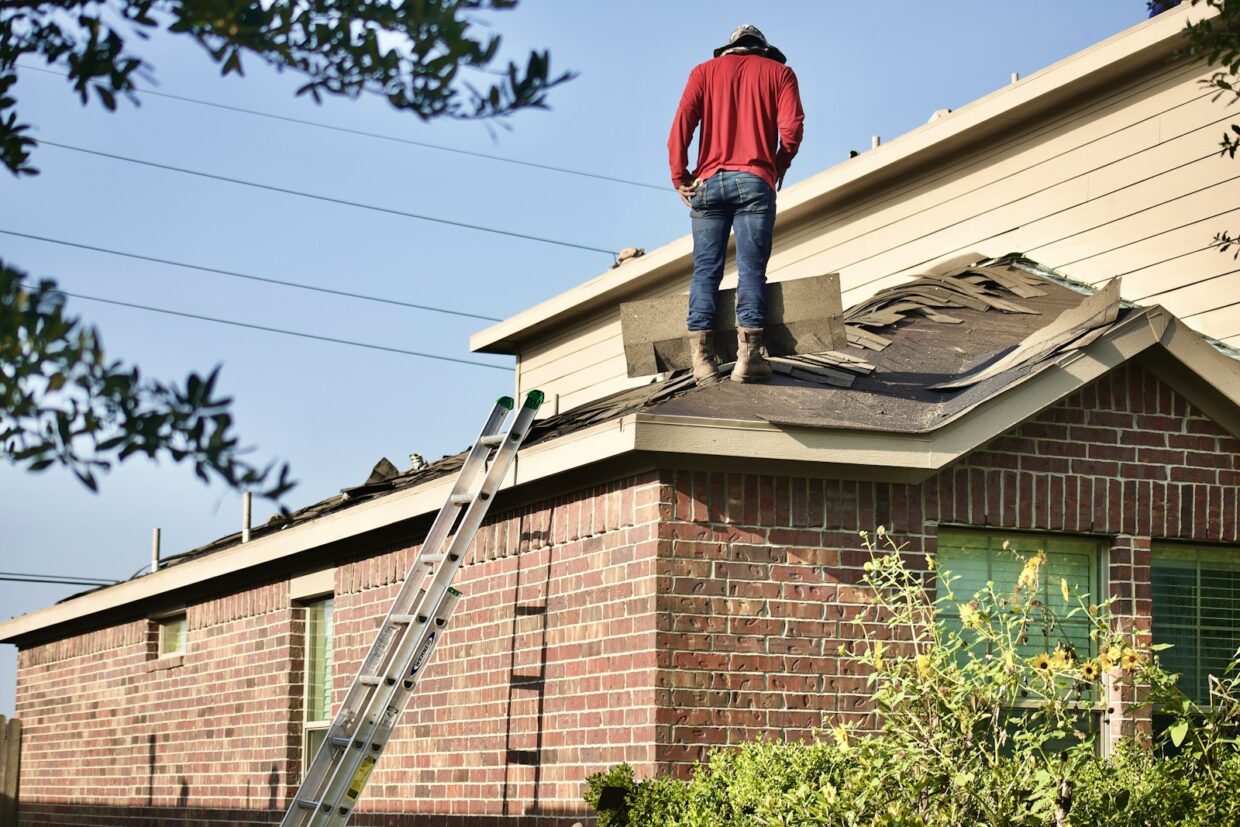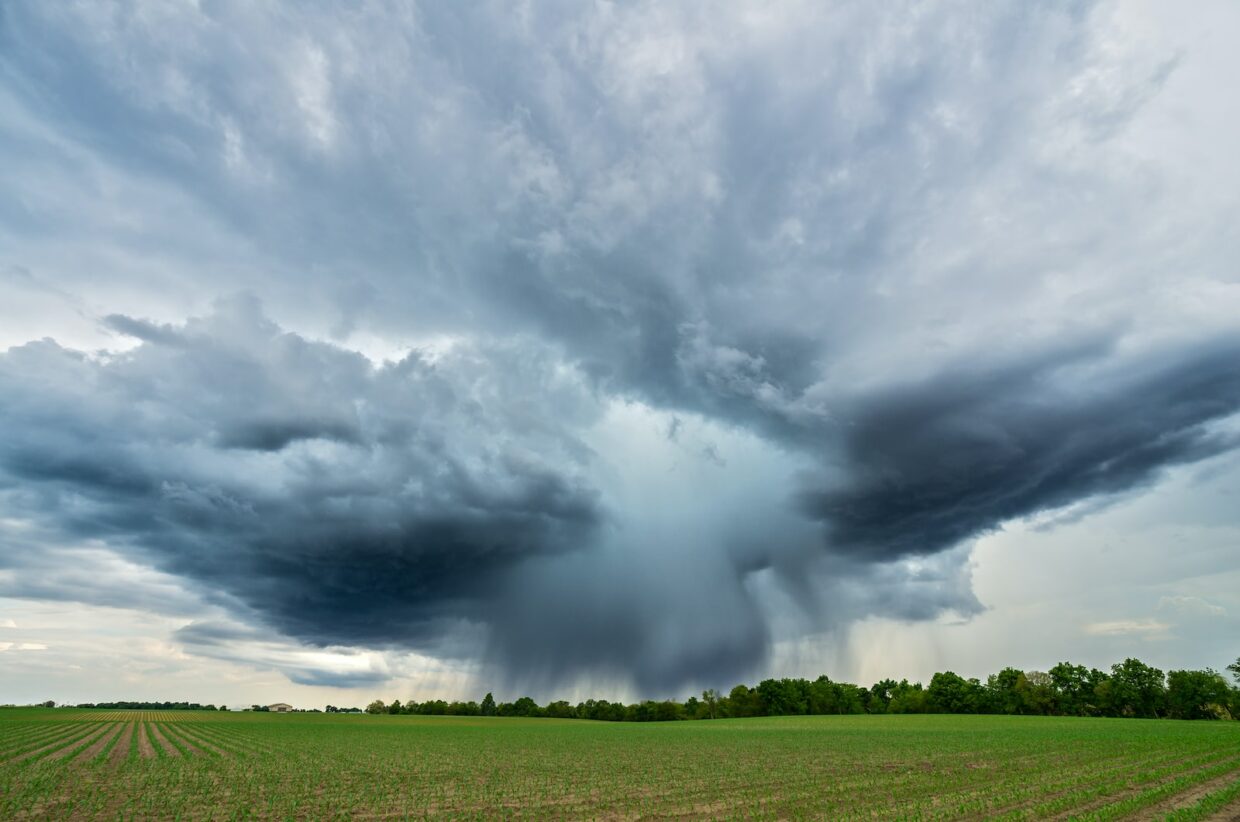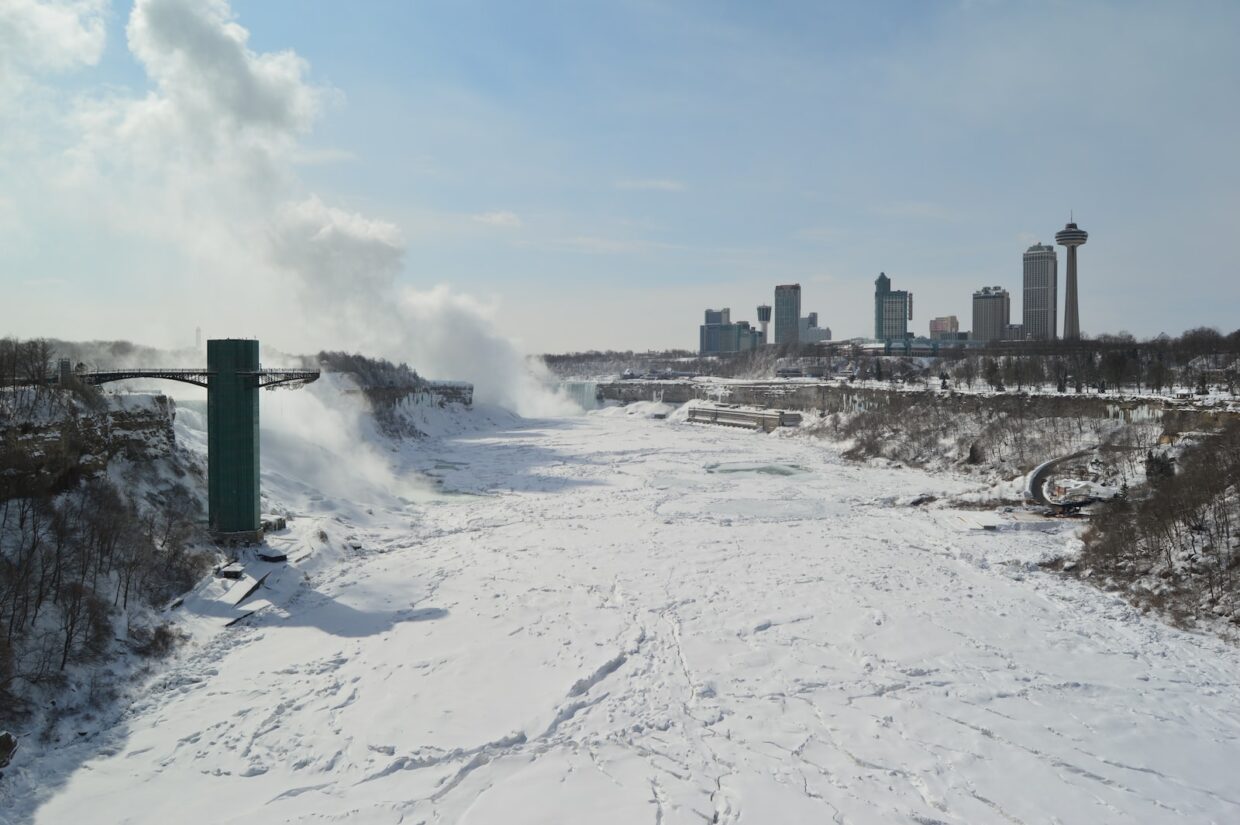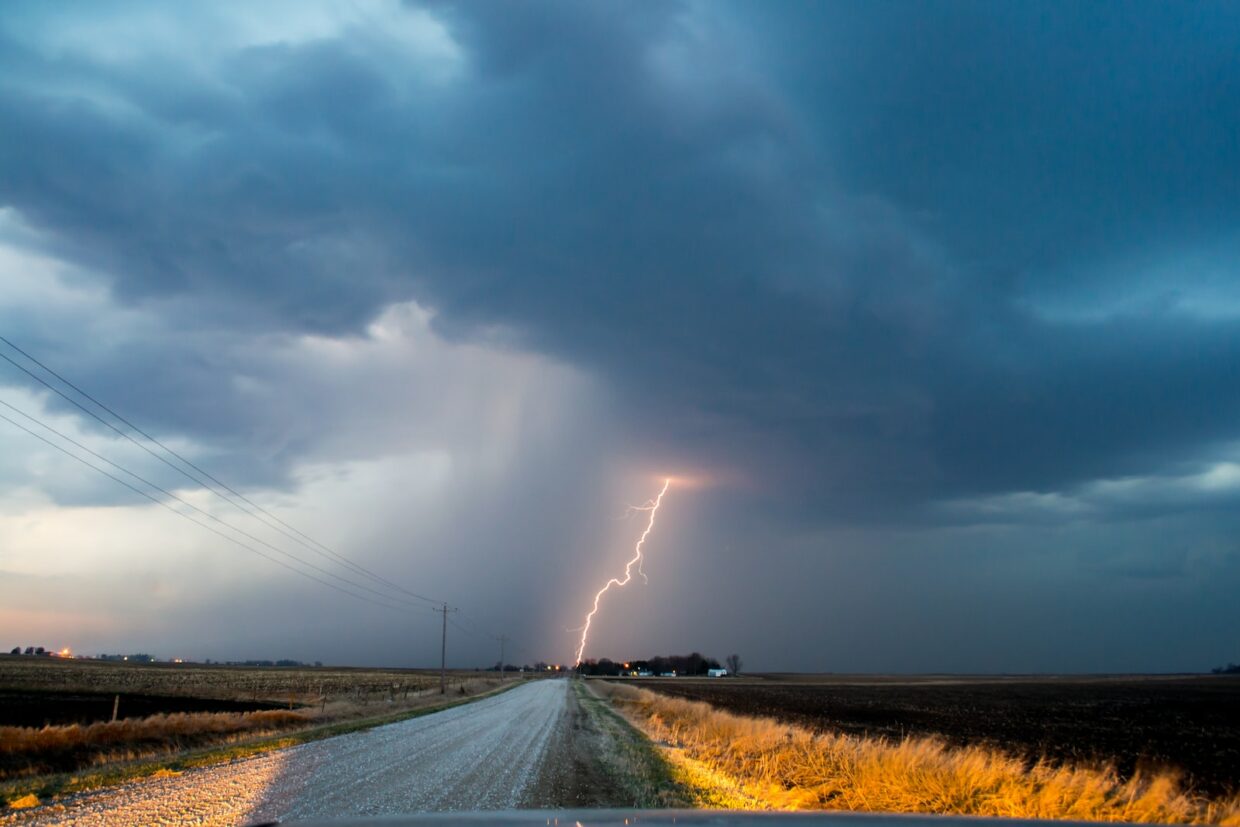Introduction
New Zealand’s coastlines host a range of vibrant communities that are known for their unique culture, beautiful scenery, and unique lifestyle. But the threat of sea-level rise could affect these coastal regions, and the communities living in them, in ways that will be far-reaching and potentially disastrous. This article will discuss the impact of sea-level rise on New Zealand’s coastal communities, and the measures being taken to prepare for this looming and serious problem.
Sea Levels in New Zealand
The Intergovernmental Panel on Climate Change (IPCC) predicts that global sea levels could rise between 0.26 and 0.98 meters by the end of the century. But in New Zealand, sea levels have already been rising faster than the global average, according to the National Institute of Water and Atmospheric Research (NIWA). Its data shows that the average sea level in New Zealand has increased by around 11.5 cm over the past century.
New Zealand’s coastal communities are already being impacted by sea-level rise, with storms and flooding resulting in damage to homes and businesses. The effects of rising sea levels are expected to worsen in the near future, with Auckland and Wellington both identified as two of the worst affected cities. The combination of sea-level rise, coastal erosion and storm surges means that New Zealand’s coastal communities will face an increased risk of flooding and potential destruction of the coastal environment.
Impacts of Sea-Level Rise for Coastal Communities
Sea-level rise can cause serious problems for coastal communities in New Zealand. Some of the potential impacts include:
- Loss of coastal land: The rising tide will lead to the loss of some coastal land, including beaches, wetlands, estuaries and other important habitats.
- Damage or loss of property: Rising sea levels and severe storms can cause flooding and damage to properties, including homes and businesses.
This can have significant financial repercussions for those living and working in coastal communities. It can also lead to major infrastructure damage and increased costs for repairing or replacing infrastructure, such as roads and bridges.
- Decline in natural resources: Rising sea levels can impact the quality and quantity of natural resources, such as fish and shellfish, that are important for local economies.
- Change in lifestyle: Sea-level rise and erosion can also lead to changes in lifestyle for the people living in New Zealand’s coastal communities, as they are forced to adapt to their changing environment.
Preparing for Sea-Level Rise
The New Zealand government is taking steps to address the issue of sea-level rise, both in terms of managing the impacts and preparing for the future.
Investing in coastal protection: The government is investing in coastal protection measures, such as building seawalls and constructing coastal retreat zones, to help protect coastal communities from the impacts of sea-level rise.
Supporting local communities: The government is also supporting local communities in preparing for sea-level rise, by providing funding and resources to help them adapt to their changing environment. This includes providing advice and assistance with relocation, as well as helping communities to develop alternate sources of income.
Investing in renewable energy: In order to reduce the long-term impacts of climate change, the government is investing in renewable energy sources, such as solar and wind, and encouraging the use of electric cars and other efficient technologies.
Conclusion
New Zealand’s coastal communities are facing an increasing threat from sea-level rise. The impacts of rising sea levels can be far-reaching and devastating, leading to land and property loss, damage to infrastructure, and a change in lifestyle for local residents. But the New Zealand government is taking steps to address this problem, investing in coastal protection measures, supporting local communities, and investing in renewable energy sources. With these measures in place, New Zealand’s coastal communities can look forward to a brighter future.

